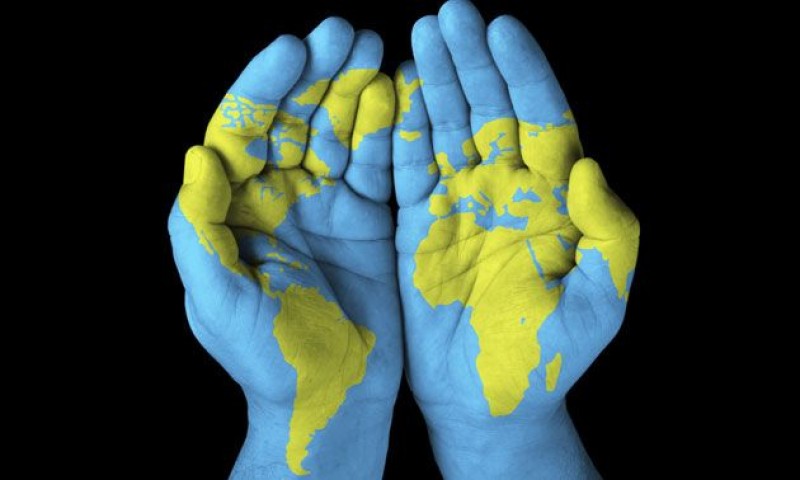The world is becoming smaller every day. High-speed communications and the abundance of digital channels are connecting consumers and businesses around the world, regardless of their location. As companies in different corners of the world strive to engage customers from other geographies, it's critical to understand local preferences and cultural differences.
This includes differences in customer expectations by region, as well as channel usage and other behavioral variations. "Whether your company is doing business in Hong Kong or Halifax, it's critical to recognize and abide by cultural distinctions and to treat different customers differently," says Mark Grindeland, Chief Marketing Officer at TeleTech. For instance, in Bahrain and other parts of the Middle East, handshakes between men are typically firm and tend to linger whereas in Singapore, a gentle handshake in is the norm and a firm handshake is viewed as a sign of aggression.
Identifying, analyzing, and acting on differences among customers in various regions can enable sales, marketing, and customer service leaders to ensure that customers are receiving relevant and appropriate experiences. Companies that are able to connect the dots on customer expectations can position themselves to deliver the types of experiences customers want.
Retail expectations vary from country to country
Different customers have different expectations and requirements for what they consider important. A study of nearly 5,600 European online shoppers in six European countries conducted by UPS reveals disparities even among customers in neighboring Western European countries. And when adding in countries like China, Brazil, and Russia, even more differences emerge.
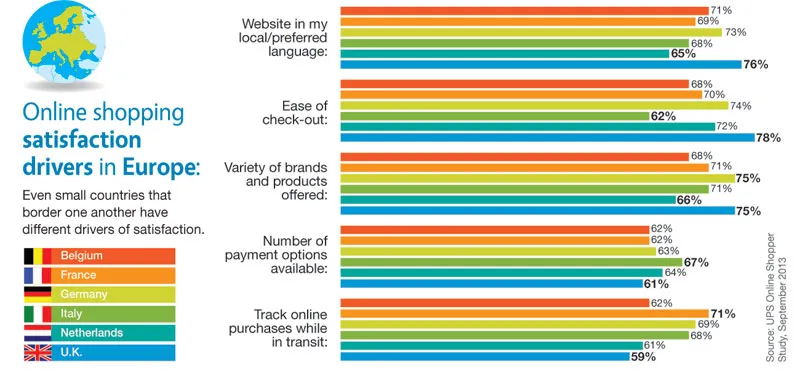
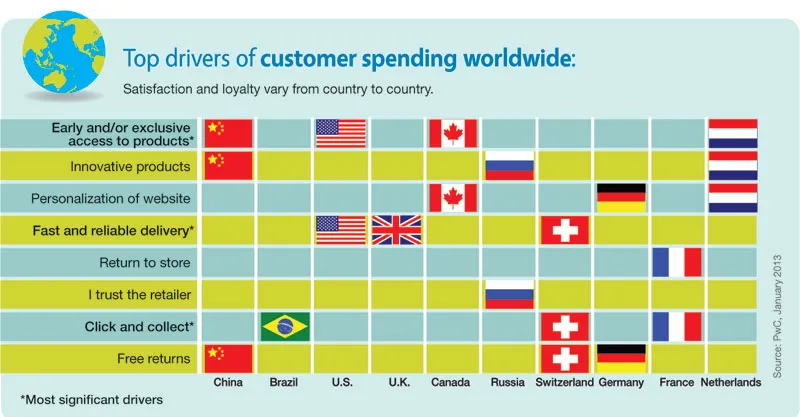
Recognizing regional consumer differences in-country
The United States itself is widely diverse. Customer experience expectations and satisfaction can be substantially different, depending on the region of the country the customer is in.
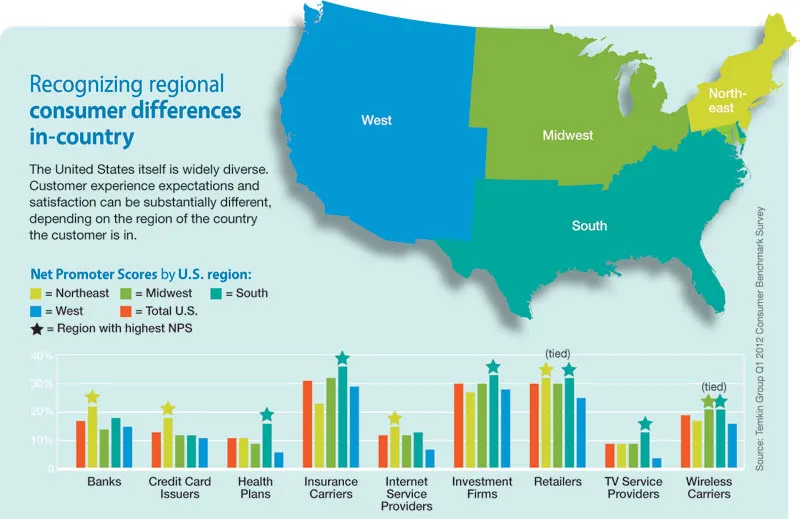
Understanding channel usage and preferences
It's important to understand the channels customers and prospects use to gather information and make purchasing decisions. A Deloitte study regarding the use of digital channels by Latin American consumers reveals that Twitter receives the highest ratings during the support stage in the customer lifecycle among Latin American users. In particular, users in Bolivia, Costa Rica, and Ecuador rate their Twitter service experience twice as high as their website service experience.
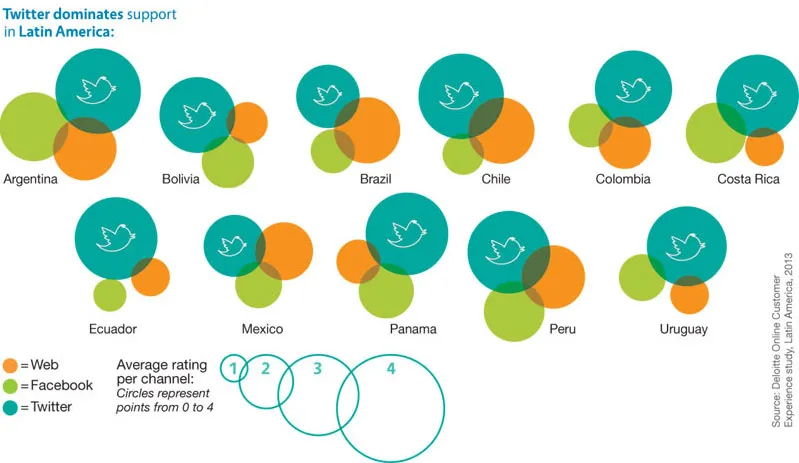
Acting on regional preferences
Gathering and analyzing data from customers from across different regions and demographic levels can help business leaders identify differences. But information is no good unless it's prioritized and acted on appropriately.
Many companies expanding their global reach have learned to "act local" the hard way in the product space. General Motors famously blundered by trying to sell its Chevy Nova in Mexico (translated to "it does not go" in Spanish), and UK telecom Orange's 1990s ad campaign, "The future's bright … the future's Orange" was panned in Northern Ireland, where orange represents British loyalist support, a contentious issue. Multinational companies that are on the customer-centric journey should learn from history when it comes to the customer experience, as well.
International influence in decision making
Senior leaders who agree that their top management team has an international outlook on decision-making:
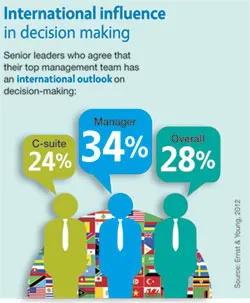
Getting smart about smartphone usage
There are more than 6.8 billion worldwide mobile subscriptions, according to the International Telecommunication Union. Business leaders looking to engage with prospects in different geographies should closely examine not only smartphone penetration in specific countries but also how customers use their mobile devices (e.g. product evaluation, responding to SMS offers, certain types of customer support, etc.), says Grindeland.

